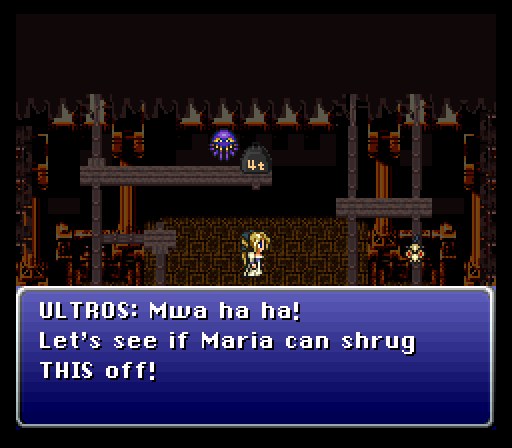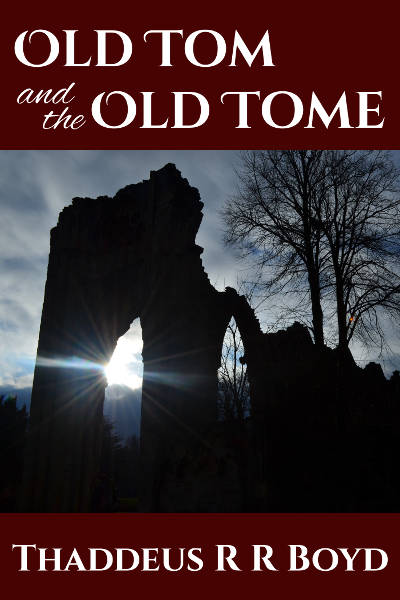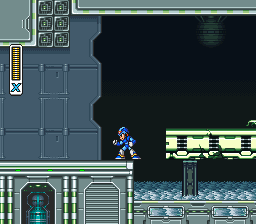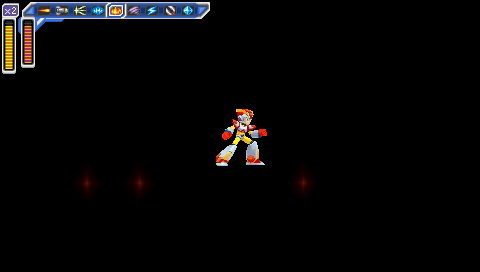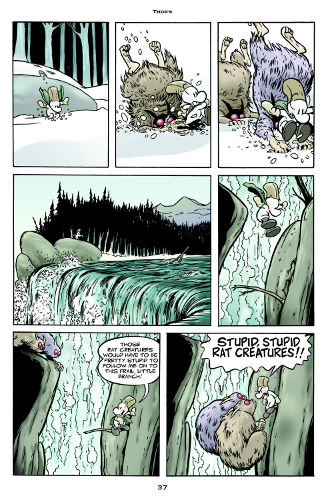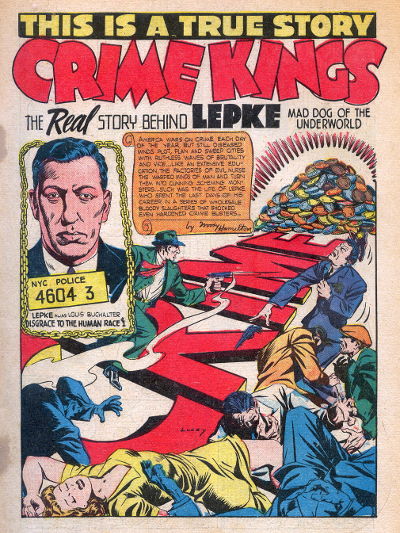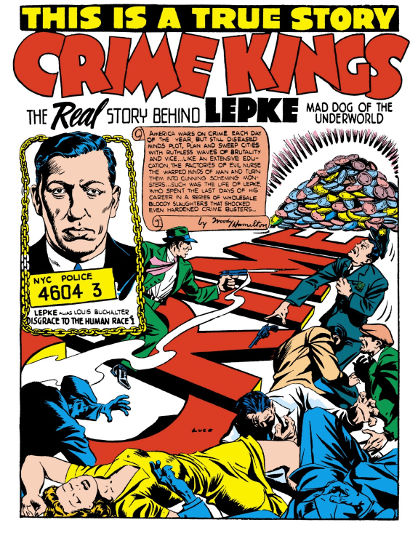As I've indicated in the last two posts, Mega Man: Powered Up has a lot more changes from the original game than Mega Man: Maverick Hunter X. And the changes to Powered Up are usually for the better, while the ones to MHX are usually for the worse.
There's a pretty simple reason for that: Mega Man has a lot more to improve than Mega Man X.
Back in the first post, I described Maverick Hunter X as "a pretty solid remake of an excellent game." Powered Up is the reverse: an excellent remake of a pretty solid game.
The original Mega Man is a classic, but it's got rough edges; it's an amazing first effort but it's got its share of flaws. There's a reason Mega Man 2 is universally considered to be a much better game.
The original Mega Man X, on the other hand, is pretty much perfect. It's exquisitely designed and balanced.
So, rebalancing Mega Man resulted in a better-balanced game, while rebalancing Mega Man X resulted in a worse-balanced one.
Let's start with Mega Man.
Powered Up changes the original game so fundamentally that it actually changes the boss weaknesses.
In the original Mega Man, the order is:
Bomb Man Guts Man Cut Man Elec Man Ice Man Fire Man
In Powered Up, it's:
Cut Man Bomb Man Ice Man Fire Man Oil Man Elec Man Time Man Guts Man.
The change in order does more than just accommodate the two new bosses; it makes for a more natural stage order.
The original game has two logical starting points: Bomb Man's level and Cut Man's. The trouble is, if you follow the order of weapon weaknesses, starting with Bomb Man means you go to Guts Man's famously difficult level second. Starting with Cut Man means you take Elec Man's stage before Guts Man and have to go back later to get the Magnet Beam (though, granted, this wouldn't be an issue in Powered Up, which removes the Magnet Beam entirely).
The weakness order in Powered Up puts the two easiest stages right at the start, first Cut Man and then Bomb Man, and puts trickier levels like Elec Man, Guts Man, and the new Time Man near the end.
Mega Man: Maverick Hunter X doesn't change the Mavericks' weaknesses, but it does play musical chairs with the capsules. And that's enough to wreak havoc on the original game's finely-crafted balance.
The most important of the four capsules, the one you need in order to get the other three, is the Leg Upgrade. Here's where it is in the original game:
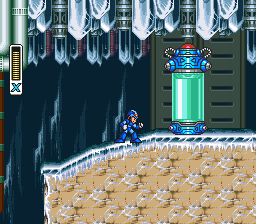
It's about halfway through Chill Penguin's stage (the easiest in the game), smack dab in the middle of the path. You literally can't miss it.
Whereas in Maverick Hunter X, not only is it possible to miss it, it's likely. Here's where it is in that version:
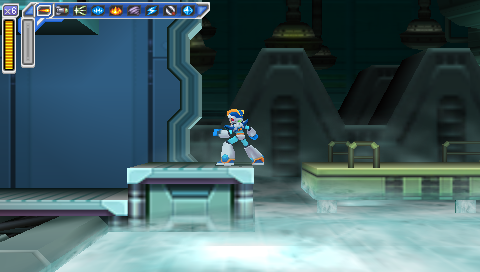
Don't see it? Let's try that again.
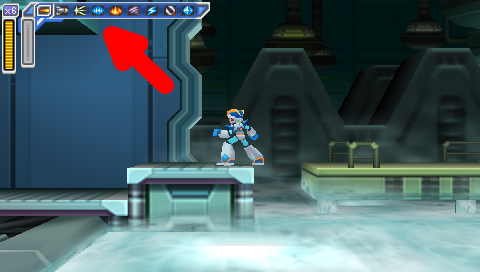
That's right: the ledge you grab onto to reach the Leg Parts is covered up by the fucking HUD. It's so hard to see that you can walk right past it even if you know it's there.
Contrast with the same location in the original Mega Man X (which, in that game, had the Arm Parts capsule):
The original game gives a very clear visual cue that there is something up there. Maverick Hunter X, on the other hand, once again fails to handle the conversion from 4:3 to 16:9, and makes the hanging section almost impossible to see. And if you don't find that tiny ledge, you can't get any of the other upgrade parts -- your mobility, offense, and defense are all severely limited, and the game is much harder. Not fun hard, unfair hard.
And if you do know the Leg Parts are on Flame Mammoth's stage, there's another problem: nobody in their right mind would pick Flame Mammoth's stage first.
It disrupts the entire stage order. Do you start with Chill Penguin and then end with Flame Mammoth? That makes the game a whole lot more difficult, going through seven stages with no capsule upgrades.
No, the best option here is to base the stage order around the capsules, not the bosses' weaknesses. Take out Chill Penguin first, then Flame Mammoth, with maybe a stop-over at Storm Eagle along the way (he's a relatively easy boss and Flame Mammoth is weak against his weapon, and it also makes Spark Mandrill's stage easier; on the other hand, it's got all the shitty vertical parts I mentioned in my previous post, and they're harder without the Leg Parts).
The other three capsules are rearranged too. Chill Penguin has the Head Parts instead of the Leg Parts, Sting Chameleon has the Arm Parts instead of the Body Parts, and Storm Eagle has the Body Parts instead of the Head Parts.
The Head Parts are damn near useless in the original game, and they're not any more useful in the remake. In the original game, they protect you from falling rocks in one section of Sting Chameleon's stage, and are also necessary to reach the Arm Parts capsule in Flame Mammoth's stage. Maverick Hunter X is much the same, except that in this case you need them to reach the Body Parts capsule in Storm Eagle's stage. Chill Penguin's stage -- which, again, is the easiest level and, in the original game, the best one to start with -- has gone from having the most useful of the four upgrades to the least useful. Storm Eagle's stage, on the other hand, ends up with a much more useful upgrade than it had in the original, and one more reason to hit that level earlier in this version of the game than in the SNES version.
The change to Sting Chaemeleon's stage probably makes the most sense of the four, though it removes the nice sense of symmetry the original game gives you of defeating a suit of robot armor to gain an armor upgrade.
If you follow the stage order implied by the capsule locations (ie fight Storm Eagle and Flame Mammoth early), then that means Sting Chameleon will be the last of the eight stages. Getting the Arm Parts right before the Sigma stages, or right at the beginning of the Sigma stages, matches the original game, where if you started with Chill Penguin you'd end with Flame Mammoth, and get a chance to get the Buster Upgrade -- and if you missed it, you'd get it on the very next level.
Which brings us to another change.
In Mega Man X, midway through the first Sigma stage, Zero confronts Vile, and sacrifices himself. If you didn't get the Buster Upgrade from the capsule, Zero will give it to you.
Maverick Hunter X changes this in two ways. First, it moves the battle to the third Sigma stage instead of the first. Second, instead of Zero giving you a Buster Upgrade that's identical to the one you would have gotten from the capsule, he gives you a different Buster Upgrade.
It's an interesting idea, but I don't think it's a very good one, for two reasons.
The first is that it messes up the narrative structure. There's a reason Zero dies, and passes the torch to X, in the first Sigma stage in the original game: it changes the atmosphere of the rest of the game. It establishes a sense of loneliness and isolation that lingers through the end. Nobody else is going to help you; you're humanity's last hope. And you've done what Zero said you'd do all the way back at the end of the first stage: you've become stronger. The student has become the master.
In Maverick Hunter X, on the other hand, you spend most of the Sigma stages playing catchup. Zero's gone on ahead. Even at full power, X is playing second fiddle, right up until the end.
Which brings us to the gameplay reason why it doesn't make sense to kill off Zero right before the end: it's right before the end. I understand the reasoning behind rewarding the player for getting almost to the end of the game without the Buster Upgrade with a cool, unique weapon -- but what the fuck good is it? You've got exactly half a level left in the game at that point, and then four bosses. (And I guess the caterpillar things in the last level, but they're pretty much just there to fill up your Sub Tanks.) The game rewards you by giving you a weapon you'll hardly get to use.
Aside from that, there are other weird little changes. The X-Buster takes longer to charge to its maximum level, and bosses are invulnerable for a longer period of time after you hit them.
And then there's stuff like this:
In the original game, when Spark Mandrill's stage goes "dark", it's just a transparency effect; you can still see where you need to go.
In Maverick Hunter X, the lights cycle off and on; the platforms go from being completely illuminated to being completely invisible. This, combined with the reduction in height, makes the section a lot harder, the timing a lot trickier, and makes it damned difficult to get through this section without getting clipped by the fireflies that whiz through it.
In fact, this section seems to be taking a cue from the Mega Man Xtreme version of the stage.
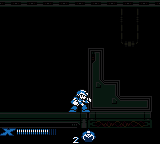
(It may look like the platforms are visible in that screenshot, but I assure you that if you play the game on authentic Game Boy Color hardware, you can't see shit.)
Basically, the game's full of changes, great and small. And most of them are for the worse.
All of this stuff, all of these changes, the reordering of the Capsules and the Sigma stages and Zero's death scene -- I think they actually could have made for an interesting game, if they were only on Hard Mode. The way I see it, Normal Mode should have kept everything where it was in the original game (with some changes, of course, to accommodate the screen height), while Hard Mode could have jumbled things around and created a legitimate challenge for experienced players. Think of it like the original Legend of Zelda: the Second Quest is neat, but it would have made a pretty crummy first quest.
Instead, Hard Mode gives the bosses some additional attacks (that's good!) and ups the amount of damage all the enemies do (that's cheap and lazy).
And then there's Vile Mode, which makes for a pretty great addition but can be overwhelming in the sheer number of options provided. Vile gets a total of 45 weapons, and while it's great to have that kind of versatility, it also means it takes a lot of time testing out all those choices and deciding which ones fit your play style -- and it also makes it a lot harder to figure out which weapons are effective against which bosses. If you're X, you can swap weapons on the fly and keep trying until you find one that works; if you're Vile, you can only equip three weapons at a time, and if none of them do the job, you have to start the level over if you want to try other options.
Plus, when you're Vile they move the Heart Tanks and Sub Tanks around, and while the save screen has a counter for how many you've got, it doesn't tell you which ones you've gotten. Okay, I've got seven out of the eight Heart Tanks; guess I get to figure out which one I'm missing.
(Also, I sincerely hope the decision to make every fucking stage use the same music when you play as Vile was an accident. Giving him is own theme music on the first stage is fine; reusing it on the next eight is not.)
To summarize three long posts, it's really easy to recommend Mega Man: Powered Up. It's thoughtfully and exquisitely redesigned, and good enough to be considered the definitive version of the game, even before you get into all the extras like the many playable characters and the level design toolkit.
Maverick Hunter X isn't bad but it's a much harder sell. Play the SNES game first; it's better; it's that simple.
But if you've played the SNES game already, forward and backward and side-to-side, and you're interested in trying out a new take? Then I'd recommend you take a crack at Maverick Hunter X. But remember going in that things are going to be different, and sometimes maddeningly so.
Mega Man ® 1989 Capcom Co, Ltd
Mega Man X ™ and © 1993 Capcom Co, Ltd
Mega Man Xtreme © 2001 Capcom Co, Ltd
Mega Man: Maverick Hunter X © 2006 Capcom Co, Ltd
I took all the screenshots myself, and tried to get them all at native resolution with no filters.
I used the following emulators:
SNES: Snes9x
Game Boy Color: Libretro with the Gambatte core
PSP: PPSSPP

